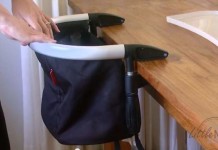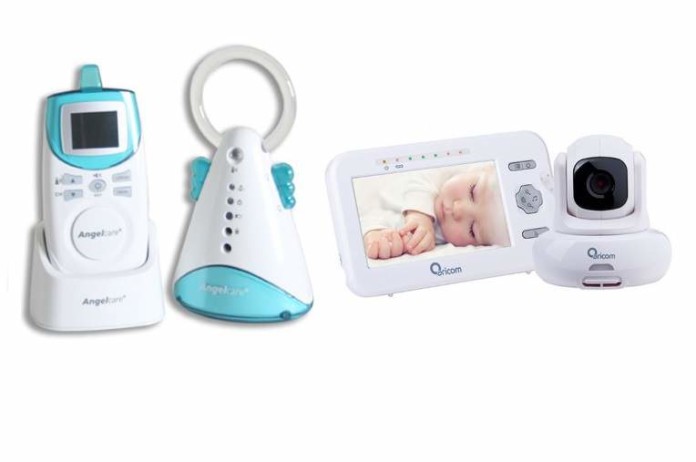Modern baby monitors come with a dizzying array of features, and you may or may not need all of these. Here are some of the most common considerations to make when shopping for baby monitors:
Audio or Video?
Traditional baby monitors only picked up sound, but newer baby monitors now pick up images as well. These are excellent for parents who want to be able to check on a crying baby who is learning to self-soothe. Several models are even compatible with Smartphones connecting through Wi-fi with the use of an app you can download to use your mobile device into monitor your child.
While video is a great feature, you can make do without a video monitor if your budget doesn’t allow it.
As an alternative, for example, if you and your partner own an iPhone or iPad, there are some apps you can download for iOS devices (iPhone, iPad, iPod touch or Mac) which allow you to turn any 2 two devices into a high-quality video and audio baby monitor with unlimited range.
Portable or Mains Powered?
Mains-powered baby monitors are typically the cheapest option, and work just as well as more expensive monitors. They must, however, be plugged into an electrical outlet to function, making them unreliable if you lose power. Portable baby monitors work much like portable home telephones. They charge on a mains unit and then can be transported throughout the house as needed.
Choosing Batteries
If you opt for a portable baby monitor, check the box to determine the type of batteries you can use. While most models come with rechargeable batteries some require regular batteries which are not always included.
Features
A variety of features are available with more expensive baby monitors. Some of these are mere gimmicks, so think carefully before choosing a baby monitor with additional features. Some popular features include talk-back, which allows you to use the monitor like a walkie talkie to response to your baby’s cries. Lullaby and soothing vibration features can play lullabies or gently vibrate either when your baby begins to cry or when you press a button on the monitor.
Belt clips are a virtual must-have for portable baby monitors, because they allow you to carry the monitor with you throughout the house without encumbrance. For parents concerned about illness or sudden infant death syndrome, a motion sensor can be a godsend. Babies make frequent, tiny movements as they sleep, and these features sound an alarm if your baby stops moving for more than twenty seconds.
Other common features are a light indicating the battery is low, pagers to help you find lost monitors and temperature monitors that let you know if the room becomes too hot or too cold.
What kind of baby monitor are you using or have you used with your baby? Did you stick with a standard monitor, did you go the high-tech video monitor or perhaps have you used a Smartphone application?








































